A Guide to Quilting Patterns for Beginners
Welcome to the fascinating world of quilting! If you're reading this, chances are you're ready to dive into a creative journey that combines art, craftsmanship, and a sprinkle of love. Quilting is not just about sewing fabric together; it’s about telling stories, preserving memories, and expressing your unique style. Whether you aim to create cozy blankets, decorative wall hangings, or thoughtful gifts, understanding quilting patterns is the first step on your adventure. In this guide, we’ll explore various quilting patterns suitable for beginners, along with essential techniques, materials, and tips to help you start your quilting journey with confidence and creativity.
Before you start cutting and sewing, it’s vital to familiarize yourself with some basic quilting terminology. Knowing the lingo can make navigating patterns and instructions much easier. Here are a few key terms you’ll encounter:
- Block: A square or rectangular piece of fabric that forms the building block of a quilt.
- Patchwork: The technique of sewing together different pieces of fabric to create a larger design.
- Quilt Sandwich: The layers of a quilt, typically consisting of the top layer (the quilted design), batting (the middle layer for warmth), and backing (the bottom layer).
- Binding: The fabric that finishes the edges of the quilt, giving it a polished look.
Understanding these terms will empower you to read patterns with ease and communicate effectively with fellow quilters. So, don’t rush through this; take your time to absorb these definitions.
Fabric selection is crucial in quilting. The type of fabric you choose can significantly affect the look and feel of your quilt. Here are some tips to guide you:
- Fabric Types: Cotton is the most common fabric for quilting due to its durability and ease of handling. However, consider other materials like flannel for warmth or silk for a luxurious touch.
- Fabric Weights: Pay attention to fabric weights; quilting cotton is usually around 4.5 oz per square yard, making it ideal for quilts.
- Color Coordination: Choose colors that complement each other. A good rule of thumb is to select a main color, a contrasting color, and a neutral shade to balance the palette.
Experimenting with fabric choices can be like trying on outfits before a big event—some combinations will just click, while others might not feel right. Don’t hesitate to play around until you find the perfect match!
Having the right tools can make a significant difference in your quilting experience. Here’s a list of essential tools every beginner should have in their quilting kit:
- Rotary Cutter: For precise cutting of fabric.
- Cutting Mat: Protects your surfaces while providing a grid for accurate measurements.
- Quilting Ruler: Helps you measure and cut fabric accurately.
- Sewing Machine: A reliable machine makes sewing a breeze, but hand sewing is also an option!
Investing in quality tools can save you time and frustration in the long run. Think of them as your trusty sidekicks on your quilting adventure!
When starting your quilting journey, it's best to begin with simple patterns that boost your confidence and skills. Here are a few beginner-friendly patterns you might consider:
- Nine-Patch: A classic design made up of nine squares, perfect for honing your piecing skills.
- Log Cabin: This pattern creates a warm, inviting look with strips of fabric arranged around a center square.
- Half-Square Triangles: A versatile pattern that can be used in various designs, great for learning precision cutting and sewing.
Starting with these patterns can give you a sense of accomplishment and encourage you to explore more complex designs as you gain confidence.
Piecing fabric is a fundamental skill in quilting. To piece fabric together accurately, follow these steps:
1. Cut your fabric pieces according to the pattern. 2. Arrange the pieces in the desired order. 3. Use a quarter-inch seam allowance for sewing. 4. Press the seams open or to one side as indicated in the pattern. 5. Continue piecing until you complete the block.
By mastering piecing, you’ll set a solid foundation for creating beautiful quilts. Think of it as building a house; if the foundation is strong, everything else will follow smoothly.
Understanding various quilting techniques is essential for creating beautiful quilts. Here are a few basic techniques every beginner should learn:
- Basic Sewing: Master the art of sewing straight lines and curves.
- Pressing: Learn to press seams correctly to achieve a flat finish.
- Basting: This technique temporarily holds your layers together before quilting.
These techniques will not only enhance your skills but also ensure your quilt looks polished and professional. Remember, practice makes perfect!
Success in quilting often comes down to practice and attention to detail. Here are some valuable tips that can help beginners avoid common pitfalls:
- Take Your Time: Rushing can lead to mistakes. Enjoy the process!
- Measure Twice, Cut Once: This age-old adage holds true in quilting.
- Stay Organized: Keep your workspace tidy to avoid losing important pieces.
By following these tips, you'll find that quilting can be a relaxing and rewarding hobby. It's like nurturing a plant; with care and patience, you'll see it bloom beautifully.
Continuing your quilting education is important for growth. Here are some resources to help you expand your quilting knowledge and skills:
- Books: Look for quilting books at your local library or bookstore.
- Websites: Websites like Craftsy and YouTube offer tutorials and patterns.
- Online Classes: Consider enrolling in online quilting classes for structured learning.
With these resources, you can dive deeper into the world of quilting and discover new techniques and patterns to try!
Q: What is the best fabric for beginners?
A: Cotton fabric is widely recommended for beginners due to its ease of use and availability.
Q: How long does it take to make a quilt?
A: The time varies depending on the pattern and your skill level, but a simple quilt can take anywhere from a few hours to several days.
Q: Do I need a sewing machine to quilt?
A: While a sewing machine makes the process faster, hand quilting is also a valid and rewarding option.
Q: Can I quilt without a pattern?
A: Absolutely! Many quilters create unique designs by experimenting with fabric and shapes.
Now that you have a solid foundation in quilting, it’s time to gather your materials and start crafting your first quilt. Remember, every quilt tells a story, and yours is waiting to be made!
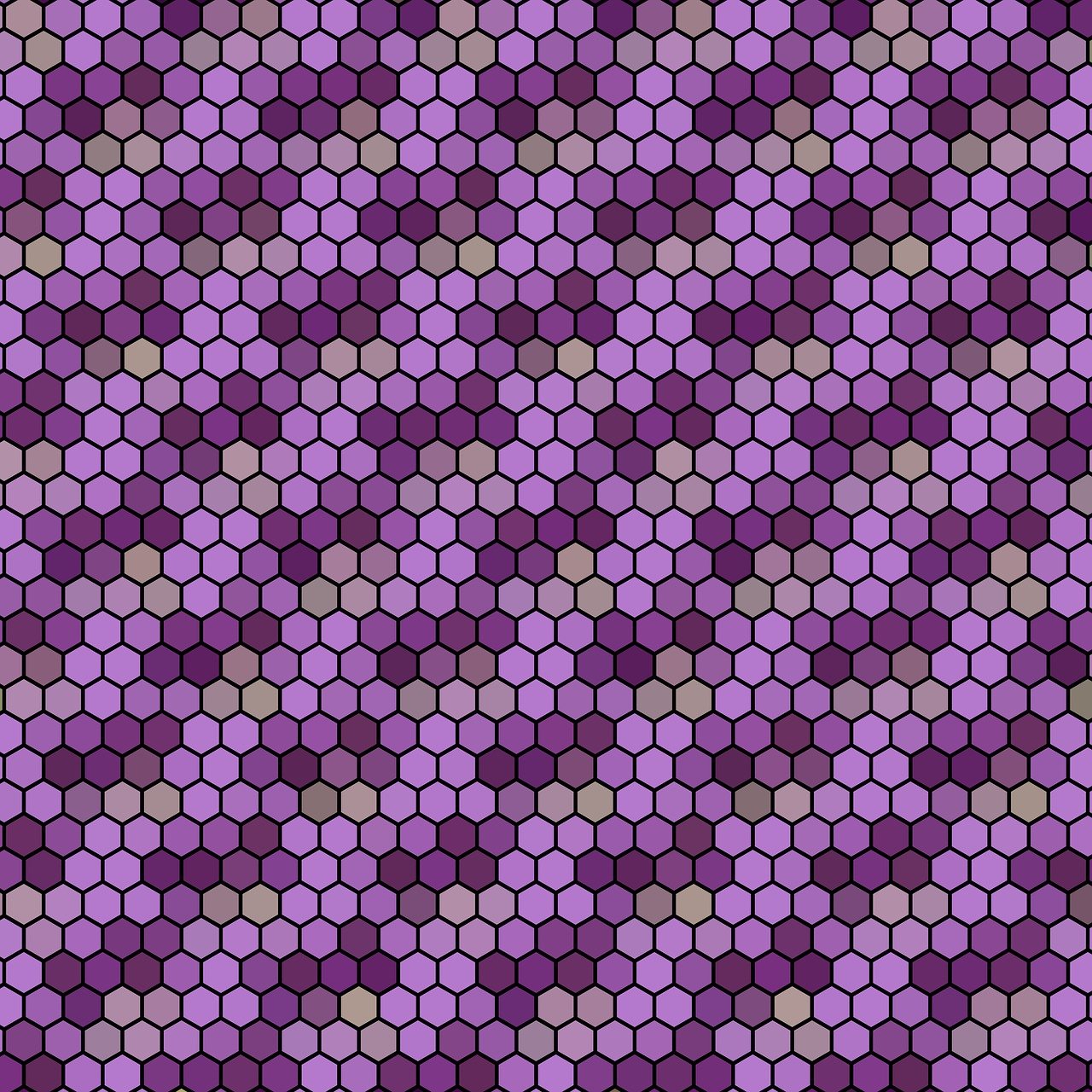
Understanding Basic Quilting Terminology
When embarking on your quilting journey, it's crucial to familiarize yourself with some basic quilting terminology. This knowledge will not only help you navigate patterns and instructions but will also make your quilting experience more enjoyable. Think of it as learning the language of quilting—once you know the words, you can truly start to express your creativity!
Let's dive into some essential terms that every beginner should know:
- Block: A block is a section of a quilt that is typically square or rectangular. Blocks can be made up of various fabrics and patterns and are sewn together to create the overall quilt design.
- Batting: This is the middle layer of a quilt, providing warmth and thickness. Batting can be made from different materials, including cotton, polyester, or a blend of both.
- Quilt Top: The quilt top is the uppermost layer of the quilt, usually made from pieced or appliquéd fabric. It’s the part that showcases your design and creativity.
- Seam Allowance: This refers to the space between the edge of the fabric and the stitching line. A standard seam allowance is typically ¼ inch, but it can vary based on the pattern.
- Binding: The binding is a strip of fabric that finishes the edges of the quilt, giving it a polished look and preventing fraying.
Understanding these terms will give you a solid foundation as you begin to explore different quilting patterns. It's like having a map before you set out on an adventure—you wouldn't want to get lost along the way, right?
As you progress in your quilting journey, you'll encounter even more specialized terms. Don't hesitate to jot them down or create a glossary for quick reference. This proactive approach will not only enhance your understanding but will also make you feel more confident when discussing your projects with fellow quilters.
In addition to terminology, consider exploring online forums or quilting groups where you can ask questions and share experiences. These communities are often filled with seasoned quilters who are eager to help newcomers. Plus, you might discover some fun quilting lingo along the way!
In summary, mastering basic quilting terminology is a stepping stone to becoming a confident quilter. It opens up a world of creativity and expression, allowing you to communicate your ideas effectively. So grab your fabric, keep these terms in mind, and let your quilting adventure begin!
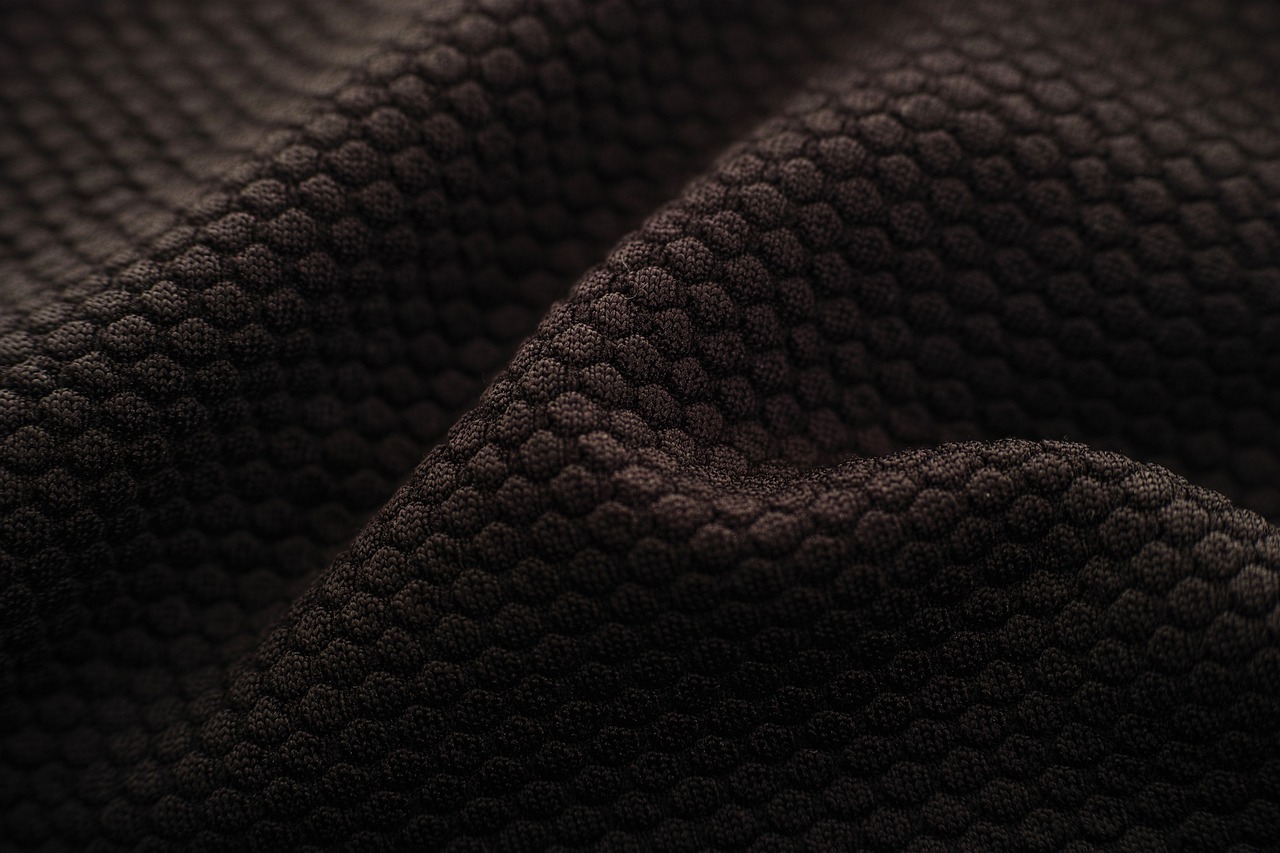
Choosing the Right Fabric
When it comes to quilting, one of the most crucial decisions you'll make is . The fabric you select can greatly influence the overall look and feel of your quilt, so it’s essential to understand the different types available. First off, you’ll want to consider the fabric types. Common options include cotton, polyester, and blends. Cotton is the most popular choice among quilters due to its durability and ease of handling. It’s soft, comes in a variety of prints, and is perfect for beginners since it’s forgiving and easy to work with.
Next, you should pay attention to fabric weight. Fabric weight is measured in ounces per square yard, and it plays a significant role in how your quilt will drape and feel. For quilting, a medium-weight fabric (around 4-6 ounces) is ideal. This weight provides the right balance between durability and flexibility, making it easier to sew and manipulate. If you’re considering using a lighter fabric, be aware that it may require additional interfacing or backing to give your quilt the structure it needs.
Color selection is another vital aspect of choosing fabric. Think about the color palette you want for your quilt. Do you prefer vibrant, bold colors or soft, muted tones? To help you visualize your choices, consider creating a color board or using a color wheel. This can guide you in selecting fabrics that complement each other. Remember, contrasting colors can create stunning visual effects, while similar shades can give your quilt a more harmonious look.
As you choose your fabrics, keep in mind the theme of your quilt. Are you making a cozy quilt for your living room, or perhaps a cheerful one for a child’s bedroom? The theme can help dictate your fabric choices. For instance, whimsical prints may suit a child’s quilt, while more subdued tones might be better for a sophisticated design. Additionally, consider the pattern scale of your fabrics. Large prints can make a bold statement, while small prints can create a more intricate look when pieced together.
Finally, it’s always a good idea to pre-wash your fabrics before starting your project. Pre-washing helps to remove any chemicals or sizing that may be present and prevents any potential shrinkage once your quilt is completed. This step ensures that your quilt will maintain its beauty and integrity over time.
In summary, choosing the right fabric for your quilting project involves understanding fabric types, weights, colors, themes, and pre-washing techniques. By paying close attention to these factors, you’ll be well on your way to creating a stunning quilt that reflects your personal style and creativity.
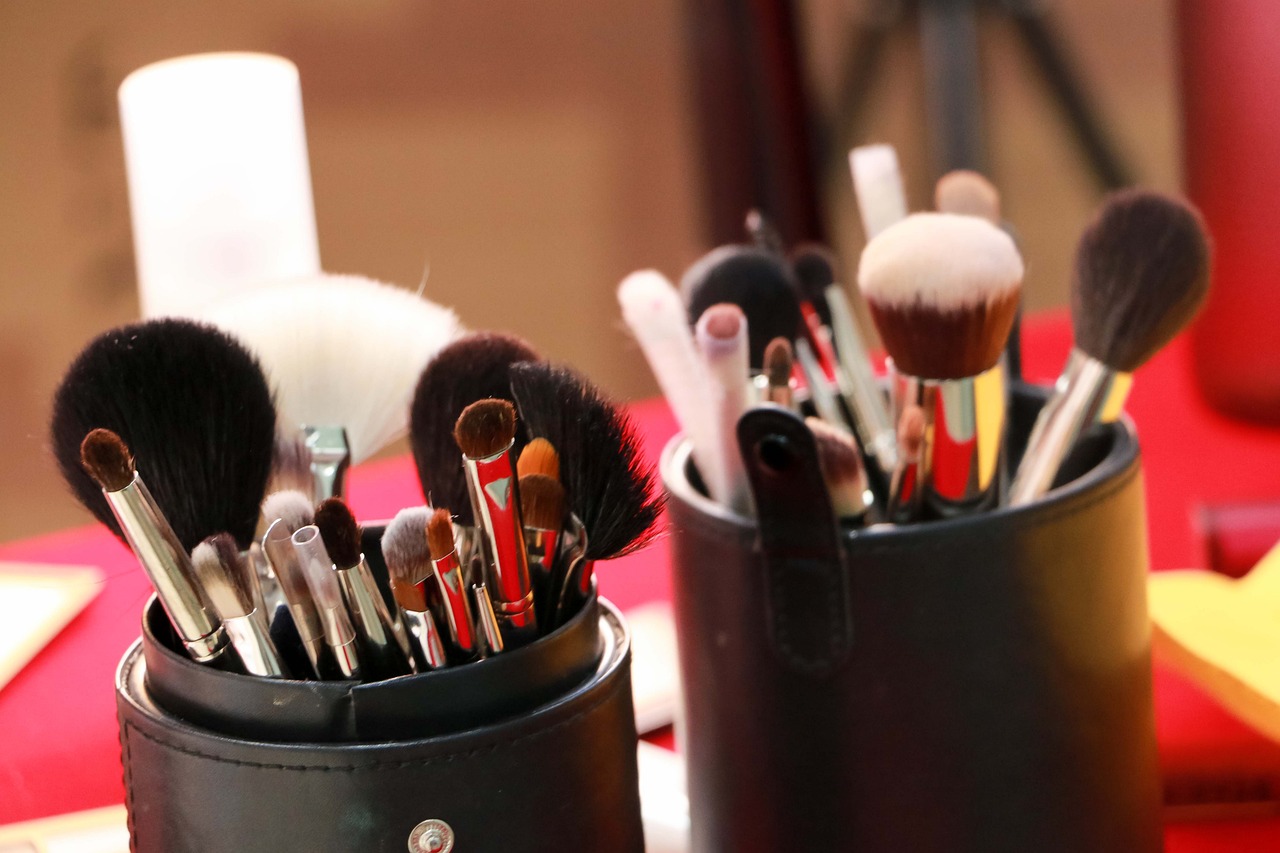
Essential Quilting Tools and Supplies
When diving into the world of quilting, having the right tools and supplies can be the difference between a frustrating experience and a joyful one. Think of your quilting tools as your trusty sidekicks, each playing a vital role in helping you create beautiful quilts. So, what do you really need to get started? Let’s break it down!
First and foremost, you’ll need a good quality rotary cutter. This handy tool is like a pizza cutter for fabric, allowing you to make precise cuts with ease. Pair it with a self-healing cutting mat, which protects your surfaces and keeps your blades sharp. Don’t forget a clear acrylic ruler; it’s essential for measuring and cutting straight lines accurately. Imagine trying to build a house without a level—your quilt would be a wobbly mess!
Next up, you’ll want to invest in some high-quality fabric scissors. These are your go-to for cutting fabric pieces that are too small for a rotary cutter. Keeping them sharp is key; dull scissors can lead to frayed edges and frustration. Additionally, a seam ripper is a must-have in your toolkit. It might sound counterintuitive, but this little tool is a lifesaver when you make mistakes—trust me, it happens to the best of us!
Now, let’s talk about thread. Not all threads are created equal, and choosing the right one can elevate your quilting game. Opt for 100% cotton thread, as it’s strong and less likely to break. You’ll also want a variety of colors to match your fabric choices. It’s like having a box of crayons—you want to have options!
For those who prefer a more structured approach, consider a quilting template. These templates can help you achieve consistent shapes and sizes, especially if you’re working on intricate designs. If you’re feeling adventurous, try using a quilting foot on your sewing machine. This foot allows for free-motion quilting, giving you the freedom to create beautiful patterns and designs.
Finally, let’s not forget about storage solutions. A well-organized quilting space can make your crafting experience much more enjoyable. Use bins or baskets to keep your fabric sorted by color or type, and invest in a sturdy sewing machine table to create a dedicated workspace. It’s like having a clean kitchen—everything is easier when it’s organized!
Here’s a quick summary of essential quilting tools:
| Tool | Purpose |
|---|---|
| Rotary Cutter | For cutting fabric quickly and accurately |
| Cutting Mat | Protects surfaces and keeps blades sharp |
| Acrylic Ruler | For measuring and cutting straight lines |
| Fabric Scissors | For cutting small fabric pieces |
| Seam Ripper | For correcting mistakes |
| Cotton Thread | For strong and durable seams |
| Quilting Templates | For achieving consistent shapes |
| Quilting Foot | For free-motion quilting |
| Storage Bins | For organizing fabric and supplies |
Equipped with these essential tools and supplies, you’ll be well on your way to creating stunning quilts that showcase your personal style and creativity. Remember, the journey of quilting is just as important as the final product, so enjoy every stitch along the way!
Q: What is the best fabric for beginners?
A: 100% cotton fabric is generally the best choice for beginners due to its ease of handling and durability.
Q: How do I choose the right sewing machine?
A: Look for a machine with a good reputation for reliability, ease of use, and features like adjustable stitch length and a quilting foot.
Q: Can I quilt without a sewing machine?
A: Yes! Hand quilting is a traditional method that many beginners enjoy, though it may take longer.
Q: How do I avoid mistakes in quilting?
A: Take your time, measure twice before cutting, and don’t hesitate to use your seam ripper when needed!
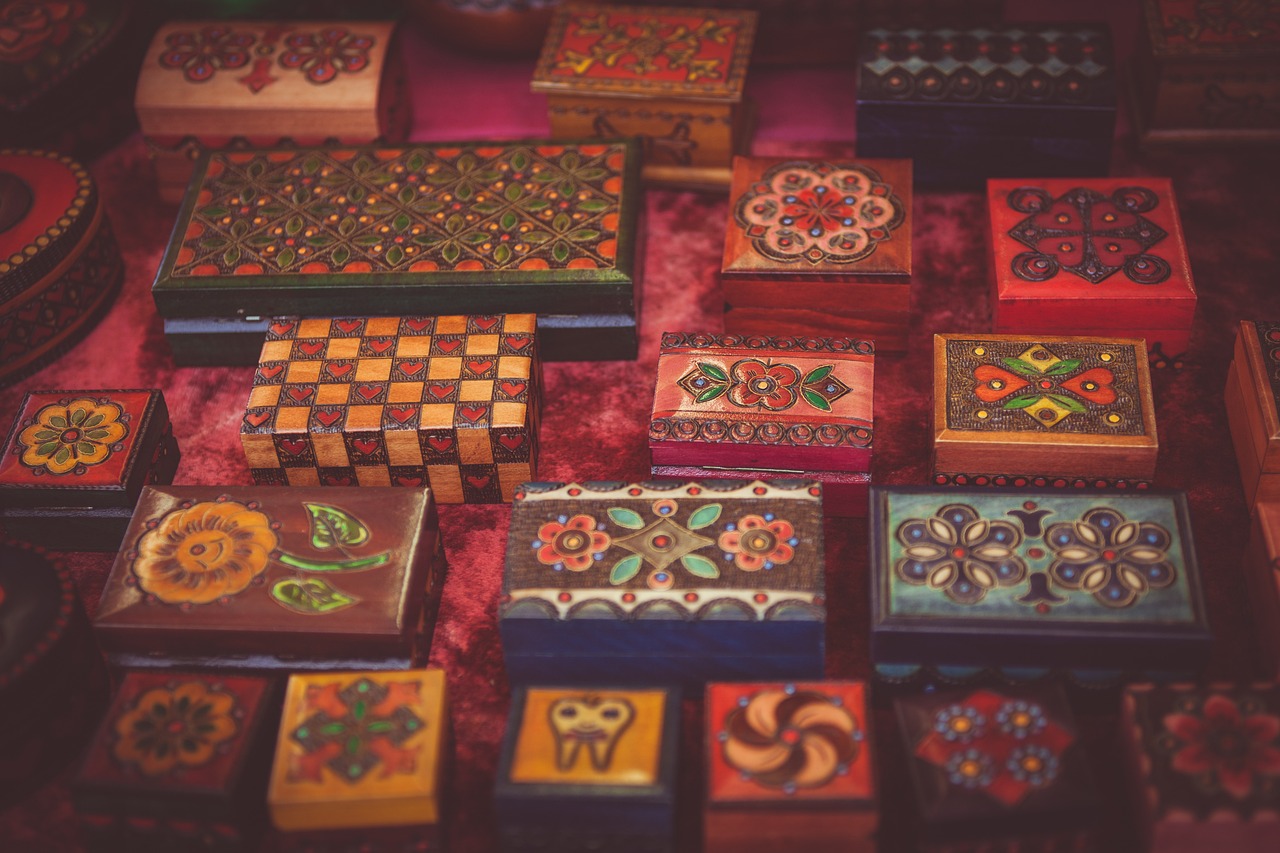
Simple Quilting Patterns to Start With
When it comes to diving into the world of quilting, starting with simple patterns can be a game changer. Not only do they help build your confidence, but they also introduce you to the fundamental techniques that will serve as the backbone of your quilting journey. Imagine stepping into a cozy quilt shop, the smell of fabric and thread filling the air, and knowing exactly what patterns to look for. It’s exhilarating! So, let’s explore a few beginner-friendly quilting patterns that are not only easy to follow but also incredibly rewarding to complete.
One of the first patterns you might want to try is the Square in a Square. This pattern is perfect for beginners because it involves basic squares that are pieced together. You’ll get to practice cutting, sewing, and pressing seams—all essential skills for any quilter. To create this pattern, you’ll need to cut squares of fabric and then sew smaller squares into the corners of a larger square. The result is a stunning design that looks intricate but is surprisingly simple to make!
Another fantastic option is the Nine Patch pattern. This classic design consists of nine smaller squares arranged in a larger square. It’s a great way to play with color and fabric combinations. You can mix and match different fabrics to create a unique look that reflects your personality. Plus, the Nine Patch pattern is versatile; you can use it for everything from quilts to table runners. Just imagine how proud you’ll feel when you see your finished piece, knowing you created it from scratch!
If you’re feeling a bit adventurous, consider the Log Cabin pattern. This design involves sewing strips of fabric around a central square, creating a cozy, cabin-like appearance. The Log Cabin pattern is not only visually appealing but also offers a great opportunity to practice your precision in cutting and sewing. You can choose traditional colors or go for a modern twist with bright, bold fabrics. The best part? Each Log Cabin block can be arranged in various ways to create different overall designs, providing endless possibilities for your quilt!
For those who love a bit of whimsy, the Half Square Triangle pattern is a must-try. This pattern involves creating triangles by sewing two squares together and then cutting them diagonally. The result is a beautiful array of triangles that can be arranged in countless ways. You can create patterns that are playful or sophisticated, depending on your fabric choices. Plus, mastering the Half Square Triangle technique will open the door to many other quilting designs in the future.
Here’s a quick summary of these patterns to help you decide which one to try first:
| Pattern Name | Skill Level | Key Techniques |
|---|---|---|
| Square in a Square | Beginner | Cutting, sewing, pressing seams |
| Nine Patch | Beginner | Mixing fabrics, sewing squares |
| Log Cabin | Beginner | Sewing strips, precision cutting |
| Half Square Triangle | Beginner | Sewing squares, cutting diagonally |
Starting with these simple quilting patterns will not only enhance your skills but also ignite your creativity. Remember, quilting is as much about the journey as it is about the destination. Enjoy the process, embrace your mistakes, and don’t forget to have fun along the way. Each quilt you create will tell a story, and soon enough, you’ll find yourself not just a quilter but a storyteller through fabric!
Q: What is the best fabric for beginners?
A: Cotton fabric is highly recommended for beginners due to its ease of use, availability, and variety of colors and patterns.
Q: How do I choose the right quilting pattern?
A: Start with simple patterns that match your skill level and gradually progress to more complex designs as you gain confidence.
Q: What tools do I need to start quilting?
A: Essential tools include a rotary cutter, cutting mat, quilting ruler, sewing machine, and various fabric scissors.
Q: How long does it take to finish a quilt?
A: The time it takes to finish a quilt varies based on the pattern and your experience, but a simple quilt can take anywhere from a few hours to several days.

Step-by-Step Guide to Piecing Fabric
Piecing fabric is one of the most exciting yet fundamental skills you’ll master as a beginner quilter. It’s like assembling a jigsaw puzzle, where each piece contributes to a beautiful picture. The process may seem daunting at first, but with a little practice, you’ll find yourself piecing fabric like a pro in no time! So, let’s dive into the step-by-step guide that will help you navigate through this essential quilting technique.
First things first, you need to prepare your fabric. Start by washing and ironing your fabric pieces. This step is crucial because it removes any sizing and ensures that your fabric shrinks before you start sewing, which can prevent future distortions in your quilt. Once your fabric is prepped, cut your pieces according to the pattern you’ve chosen. Remember, accuracy is key—using a rotary cutter and a cutting mat can greatly enhance your precision.
Now, let’s talk about how to piece your fabric together. Begin by laying your fabric pieces right sides together. This means the sides of the fabric that will be visible in your finished quilt should be facing each other. Align the edges carefully; even a small misalignment can cause issues later on. Once aligned, pin the pieces together to keep them in place while sewing. Think of pins as your best friends in this process—they help maintain the integrity of your fabric alignment!
Next, it’s time to sew! Set your sewing machine to a straight stitch and choose a seam allowance—commonly, it’s ¼ inch for quilting. Start sewing from one end to the other, making sure to remove the pins as you go. It’s crucial not to sew over the pins, as this can damage your needle and machine. After sewing, press the seams open or to one side, depending on your pattern instructions. Pressing is like giving your fabric a little massage; it helps to flatten the seams and gives a polished look to your quilt.
Once you’ve pieced together your first set of fabric, you can start joining additional pieces to create larger sections of your quilt. As you progress, always keep checking for accuracy. If you notice any discrepancies, don’t hesitate to unpick and redo sections. Remember, quilting is an art, and sometimes the best masterpieces come from a bit of trial and error!
To help you visualize this process, here’s a quick overview of the steps involved in piecing fabric:
| Step | Description |
|---|---|
| 1 | Prepare your fabric by washing and ironing. |
| 2 | Cut your fabric pieces accurately. |
| 3 | Align pieces right sides together and pin them. |
| 4 | Sew using a straight stitch and the chosen seam allowance. |
| 5 | Press the seams open or to one side. |
| 6 | Join additional pieces and check for accuracy. |
As you gain confidence in piecing fabric, feel free to experiment with different patterns and techniques. The beauty of quilting lies in its vast possibilities! Remember, every quilter has their unique style, and it’s perfectly okay to make mistakes along the way. Embrace the journey, and soon you’ll be creating stunning quilts that showcase your creativity and dedication.
Q1: What is the best seam allowance for quilting?
A: The most common seam allowance for quilting is ¼ inch. This measurement helps ensure that your pieces fit together correctly.
Q2: Do I need to prewash my fabric?
A: Yes, prewashing your fabric is advisable. It prevents future shrinkage and removes any chemicals that may affect your quilt.
Q3: How do I fix a mistake in piecing?
A: If you notice a mistake, don’t panic! You can carefully unpick the stitches using a seam ripper and resew the pieces correctly.
Q4: Can I use different fabric types in one quilt?
A: Absolutely! Mixing fabric types can add texture and interest to your quilt. Just ensure they are compatible in terms of care and durability.
With these steps and tips, you’ll be well on your way to mastering the art of piecing fabric. Happy quilting!

Quilting Techniques for Beginners
When you embark on your quilting journey, understanding the various techniques is essential for creating beautiful quilts that you can be proud of. Whether you’re piecing together a simple patchwork or diving into more intricate designs, mastering these techniques will elevate your quilting game. Think of quilting techniques as the secret ingredients in a recipe; without them, you might end up with a dish that just doesn’t taste right!
One of the first techniques you’ll want to get comfortable with is piecing. This is the process of sewing together different pieces of fabric to create a larger design. Start with simple shapes, like squares and triangles, and gradually work your way up to more complex patterns. Remember, practice makes perfect! You can think of piecing as assembling a puzzle; each piece fits together to form a beautiful picture.
Next up is quilting itself, which involves sewing through the layers of the quilt top, batting, and backing to hold them together. There are several styles of quilting to choose from, including straight-line quilting, where you sew in straight lines across the quilt, and free-motion quilting, which allows for more creativity as you move the fabric freely under the needle. Imagine free-motion quilting as dancing with your sewing machine—there's rhythm, flow, and a chance to express your unique style!
Another important technique is binding. This is the final step that gives your quilt a polished look. Binding involves sewing a strip of fabric around the edges of your quilt to finish it off neatly. It’s like framing a piece of art; it enhances the overall appearance and protects the edges. Make sure to choose a binding fabric that complements your quilt design. A contrasting color can make your quilt pop, while a matching fabric can provide a subtle, harmonious finish.
Don’t forget about pressing, which is crucial in quilting. Pressing your seams flat after sewing helps to reduce bulk and ensures that your quilt lays flat. Use an iron to press your seams open or to one side, depending on the pattern instructions. Think of pressing as the final touch in a makeup routine—it smooths everything out and gives it a polished finish.
To help you grasp these techniques, consider setting up a small workspace where you can practice without distractions. Equip it with good lighting, a comfortable chair, and all your essential tools. A well-organized space can make a world of difference in your quilting experience. Remember, the more you practice these techniques, the more confident you’ll become in your quilting abilities!
As you dive deeper into quilting, you may want to experiment with different techniques like appliqué and paper piecing. Appliqué involves sewing a piece of fabric onto a larger piece to create a design, while paper piecing allows for precise shapes by sewing fabric onto a paper pattern. Both techniques can add unique elements to your quilts, so don't hesitate to explore them as you gain confidence.
In summary, mastering these basic quilting techniques is the key to unlocking your creativity and producing stunning quilts. Each technique builds upon the others, creating a solid foundation for your quilting journey. So, roll up your sleeves, grab your fabric, and let’s get quilting!
- What is the best fabric for beginners? Cotton is typically the best choice for beginners due to its ease of handling and wide variety of patterns and colors.
- How long does it take to make a quilt? The time it takes to make a quilt can vary widely based on its size and complexity, but many beginners can complete a simple quilt in a few days to a week.
- Do I need a special sewing machine for quilting? While a standard sewing machine can work, a machine with a larger throat space can make quilting easier, especially for larger projects.
- Can I quilt by hand? Absolutely! Hand quilting is a traditional method that many quilters enjoy, though it often takes longer than machine quilting.
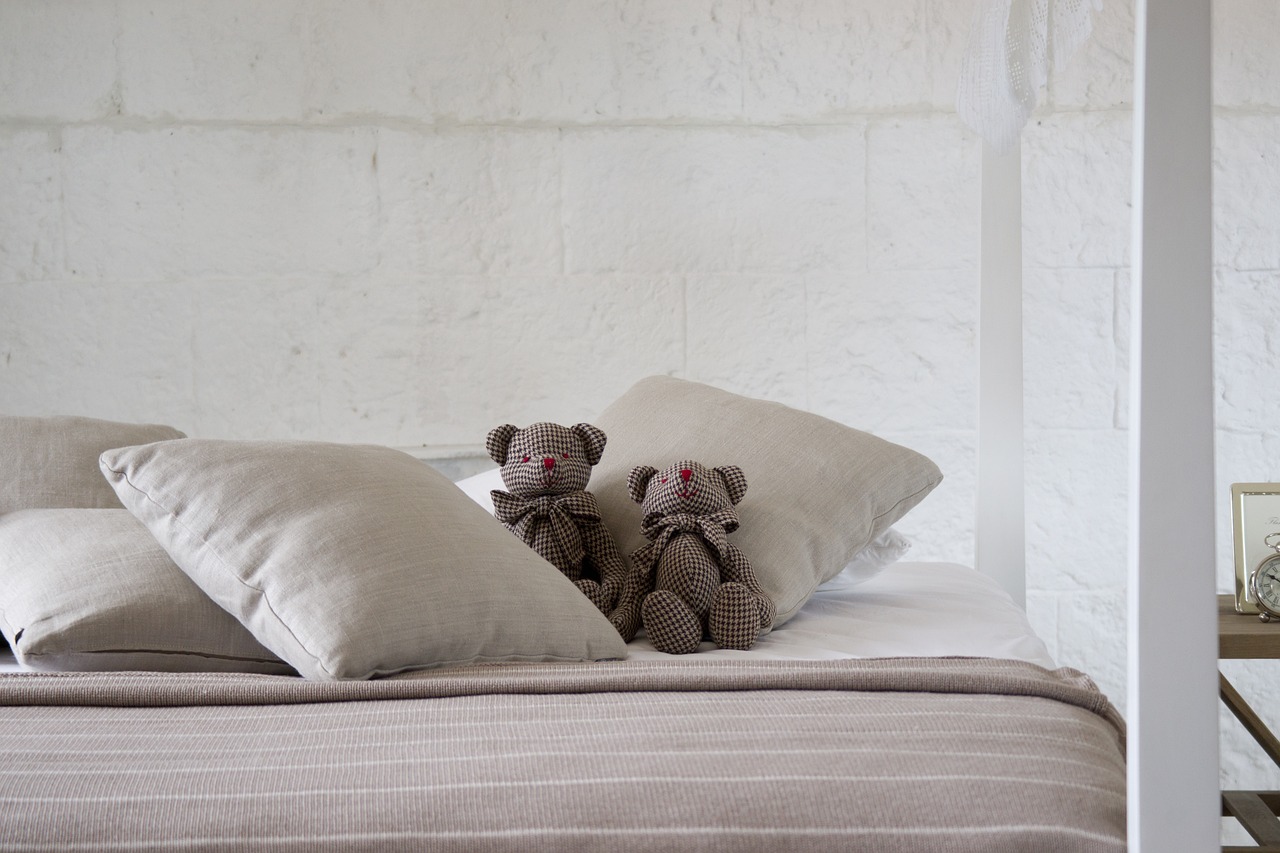
Tips for Successful Quilting
Quilting can be an incredibly rewarding hobby, but like any craft, it comes with its own set of challenges. To ensure your quilting journey is as smooth as possible, here are some valuable tips that can help you avoid common pitfalls and enhance your skills. First and foremost, always measure twice and cut once. This classic adage rings true in quilting; precision is key. A small mistake in cutting can lead to a domino effect of errors throughout your project. So, take your time and double-check your measurements!
Another important tip is to press your seams as you go. A well-pressed seam can make a world of difference in the final appearance of your quilt. It helps in aligning pieces correctly and gives your quilt a professional finish. Additionally, invest in a good-quality iron; it’s worth its weight in gold when it comes to quilting. Speaking of tools, don’t skimp on your quilting supplies. Make sure you have a sharp rotary cutter, a self-healing mat, and accurate rulers. These are essential for achieving clean cuts and precise measurements.
When it comes to fabric selection, remember that not all fabrics are created equal. Opt for 100% cotton fabric for your quilts, as it’s durable and easy to work with. However, don’t be afraid to mix it up with different textures and patterns! Just ensure that the fabrics you choose complement each other in both color and weight. A well-balanced quilt not only looks great but also maintains its shape over time.
Another tip for success is to take breaks when needed. Quilting can be a time-consuming task, and it’s easy to get frustrated if things aren’t going your way. Step away from your project for a bit, and return with fresh eyes. This can help you spot mistakes more easily and reignite your creativity. Also, consider joining a quilting group or community. Sharing your journey with others can provide you with new ideas, support, and motivation.
Lastly, don’t forget to enjoy the process. Quilting is as much about the journey as it is about the finished product. Celebrate your progress, no matter how small, and don’t be too hard on yourself if things don’t turn out perfectly. Each quilt you create is a reflection of your unique style and creativity. Remember, practice makes perfect!
To further assist you on your quilting journey, here are some frequently asked questions that beginners often have:
- What type of fabric is best for beginners? - 100% cotton is highly recommended for its durability and ease of use.
- How do I choose a quilting pattern? - Start with simple patterns that require basic techniques, gradually progressing to more complex designs as you gain confidence.
- What tools do I need to get started? - Essential tools include a rotary cutter, cutting mat, quilting ruler, fabric scissors, and pins.
- How long does it take to complete a quilt? - This varies depending on the complexity of the design and your sewing speed, but beginners might take several days to a few weeks.
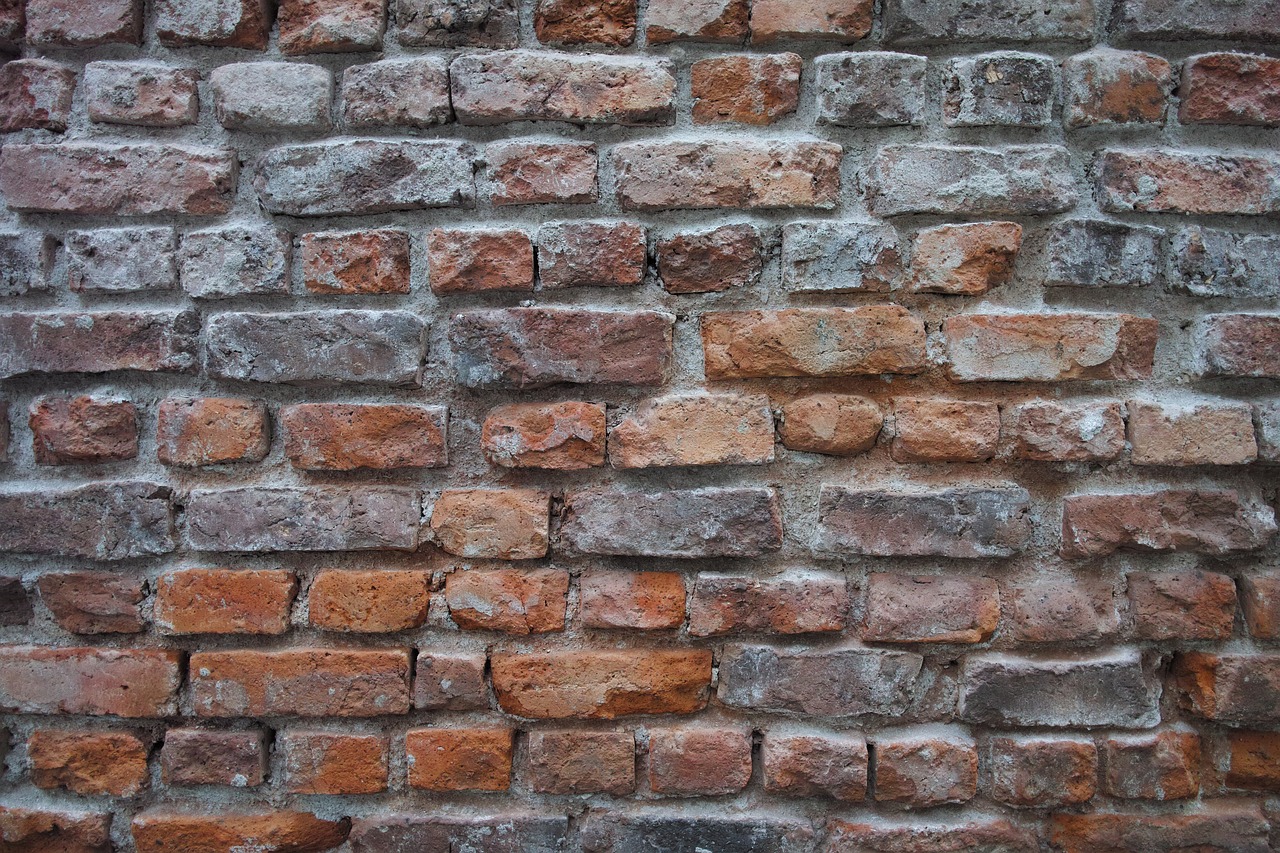
Resources for Further Learning
As you embark on your quilting journey, it's essential to keep the flame of curiosity alive. The world of quilting is vast and filled with endless possibilities. To help you expand your skills and knowledge, there are numerous resources available at your fingertips. Whether you prefer reading books, browsing online tutorials, or taking classes, there’s something for everyone. Here’s a breakdown of some fantastic resources that can guide you along the way:
Books: Books can be a treasure trove of information, offering in-depth insights into quilting techniques, patterns, and history. Some popular titles include:
- The Complete Quilter by Linda C. Franz – A comprehensive guide that covers everything from basic stitches to advanced techniques.
- Quilt As You Go by Jera Brandvig – This book introduces a unique method that makes quilting less daunting and more enjoyable.
- Weekend Quilting by M. C. B. – Perfect for those who want to create beautiful quilts in a short amount of time.
Online Resources: The internet is a goldmine for quilting enthusiasts. Websites like Quilting Daily offer a plethora of articles, tutorials, and forums where you can connect with other quilters. YouTube is another fantastic platform where you can find video tutorials that visually guide you through various techniques.
Online Courses: If you prefer structured learning, consider enrolling in online quilting courses. Platforms like Craftsy and Udemy offer a range of classes tailored for beginners to advanced quilters. These courses often come with video lessons, patterns, and community support, making it easier to learn at your own pace.
Local Quilting Groups: Don’t underestimate the power of community! Joining a local quilting group can provide you with hands-on experience and valuable feedback. Many community centers and fabric stores host quilting classes or meet-ups where you can share ideas, learn from others, and even participate in group projects. It's a great way to make friends who share your passion!
In addition to these resources, don't forget to check out quilting blogs and social media platforms like Instagram and Pinterest, where you can find inspiration and connect with other quilters. Following hashtags like #Quilting and #QuiltInspiration can lead you to a vibrant community of creative minds.
Remember, the key to becoming a successful quilter is to keep learning and experimenting. Each resource you explore will add another layer to your quilting skills, enabling you to create unique and beautiful pieces that reflect your personal style. So grab your fabric, thread, and a cup of coffee, and dive into the world of quilting with an open heart and mind!
1. What is the best fabric for beginners?
Cotton is widely recommended for beginners due to its ease of handling and availability in various colors and patterns. It’s forgiving and works well with most quilting techniques.
2. How long does it take to finish a quilt?
The time it takes to finish a quilt can vary greatly depending on the complexity of the pattern and your skill level. A simple quilt can take anywhere from a few hours to a couple of weeks.
3. Do I need a sewing machine to quilt?
While you can hand-quilt, a sewing machine can significantly speed up the process and make it easier, especially for piecing together fabric. Many quilters use a sewing machine for piecing and then hand-quilt for the finishing touches.
4. What are some common mistakes beginners make?
Some common pitfalls include not measuring fabric accurately, choosing overly complex patterns, and not pressing seams properly. Taking your time and following instructions carefully can help avoid these issues.
5. Can I learn quilting online?
Absolutely! There are countless online resources, including tutorials, courses, and forums that can help you learn quilting from the comfort of your home.
Frequently Asked Questions
- What is quilting?
Quilting is the process of sewing together layers of fabric to create a thicker padded material, often used for blankets, bedcovers, and decorative items. It involves piecing together different fabric shapes, adding batting for warmth, and stitching through all layers to hold them together.
- Do I need special tools to start quilting?
While you can start quilting with basic sewing tools, having specific quilting tools can make the process easier and more enjoyable. Essential tools include a rotary cutter, cutting mat, quilting ruler, and a sewing machine. These tools help ensure accuracy and efficiency in your quilting projects.
- What types of fabric are best for beginners?
For beginners, it's best to use 100% cotton fabric as it is easy to work with and widely available. Cotton fabrics come in various weights and prints, making them versatile for different quilting patterns. Avoid slippery or stretchy fabrics until you gain more experience.
- How do I choose a quilting pattern?
When choosing a quilting pattern, start with something simple, like a patchwork or a basic block pattern. Look for patterns specifically labeled for beginners, as they often include clear instructions and diagrams. As you gain more confidence, you can explore more complex designs.
- What is piecing in quilting?
Piecing is the technique of sewing together different pieces of fabric to create a quilt top. It involves cutting fabric into shapes, arranging them in a desired pattern, and sewing them together with precision. Mastering piecing is essential for creating beautiful quilts.
- Can I quilt by hand, or do I need a sewing machine?
You can absolutely quilt by hand! Many quilters enjoy the traditional method of hand quilting, which can be a meditative process. However, using a sewing machine can speed up the piecing and quilting process, especially for larger projects. Choose the method that feels right for you.
- What are some common mistakes to avoid as a beginner?
Common mistakes include not measuring accurately, using the wrong fabric types, and rushing through the sewing process. Take your time, double-check measurements, and practice patience. Remember, every quilter makes mistakes—it's all part of the learning journey!
- Where can I find resources to learn more about quilting?
There are numerous resources available for quilting enthusiasts! Consider checking out quilting books, online tutorials, and local quilting classes. Websites and YouTube channels dedicated to quilting can also provide valuable tips, techniques, and inspiration for your projects.



















